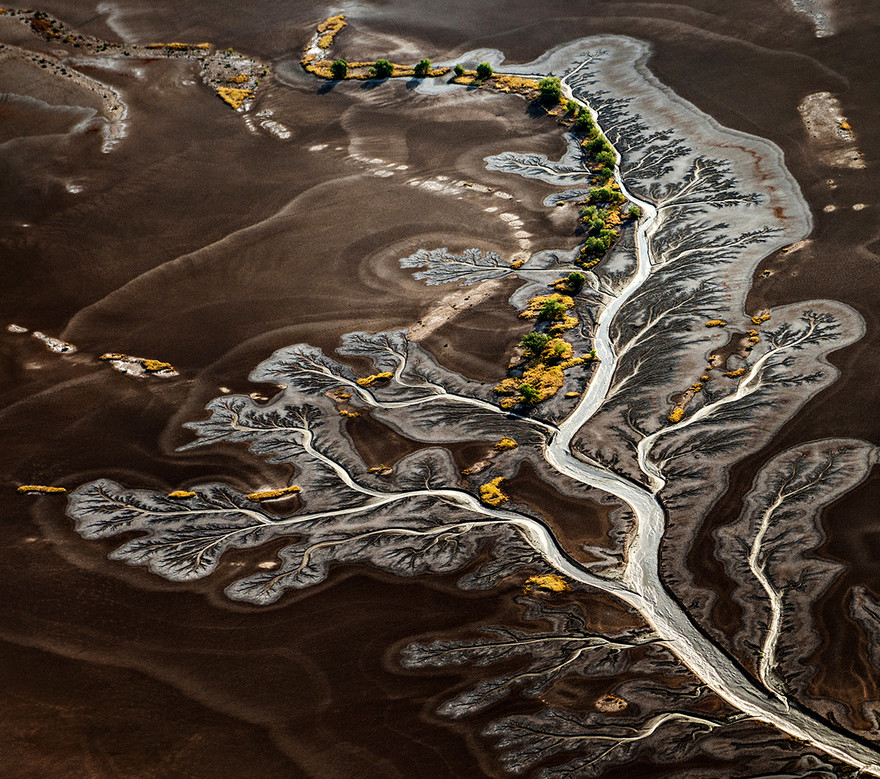|
Photographic interest
|
|
Area that should not be missed should you be in the region
|
|
Car accessibility
|
|
Challenging track. Strong experience and several vehicles are required
Not possible to access by land. Only accessible by air.
|
|
Driving time
|
|
N/A
|
|
Foot accessibility
|
|
N/A
|
|
Walking time
|
|
N/A
|
|
Time to spend
|
|
Around 2 hours
The region is spectacular - you're only limited by the weather and how much you can afford to spend on a helicopter/light plane.
|
|
Best hours
|
|
It really depends on the weather - normally, it's fine during the daytime. If it's too close to sunrise or sunset, it's difficult to get sharp shots without noise.
|



The tidal mudflats of the East Kimberley region of Western Australia are vast. This area has branches out to the Timor Sea, and it experiences some of the most extreme tidal movements in the world. During the Wet (rainy) Season, it is almost entirely under water. But during the Dry Season (June-July), the excess water drains out to the ocean and as the mud dries, these incredible patterns become visible. The white, salty branches of the tributaries stand in stark contrast to the brown mud, drawing comparisons to veins or leaves or branches or feathers. It’s Nature’s artwork. I took this photo on my first ever helicopter shoot. I didn’t have a clue as to what settings to use and I was distracted by the wind in my face and the tears in my eyes and my hair whipping around all over the place. When I finally looked at the photos on my computer, I realised that most of them were completely useless, but this one – this one was a keeper. It seems almost impossible that such delicate, intricate artwork could be the result of natural forces. I was in awe. Four years on, my strike rate has improved significantly and I’m still hiring helicopters to photograph the intertidal zones of the Kimberley where I live. The thrill of flying, combined with the challenge of shooting from a moving vehicle and the opportunity to photograph from this fascinating perspective have proved to be utterly addictive, and I’m sure I’ll be doing this for many years to come. [+]
[-]